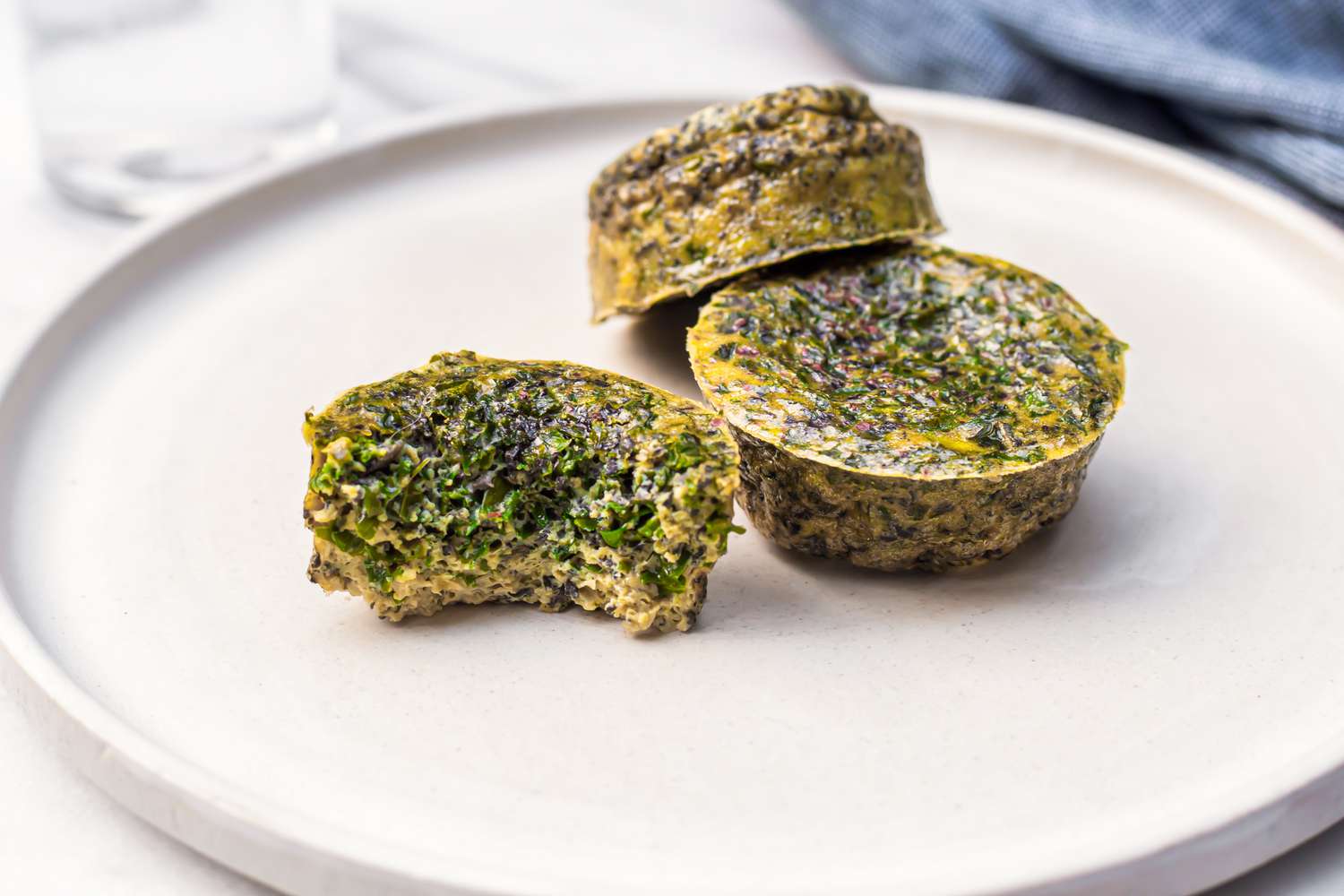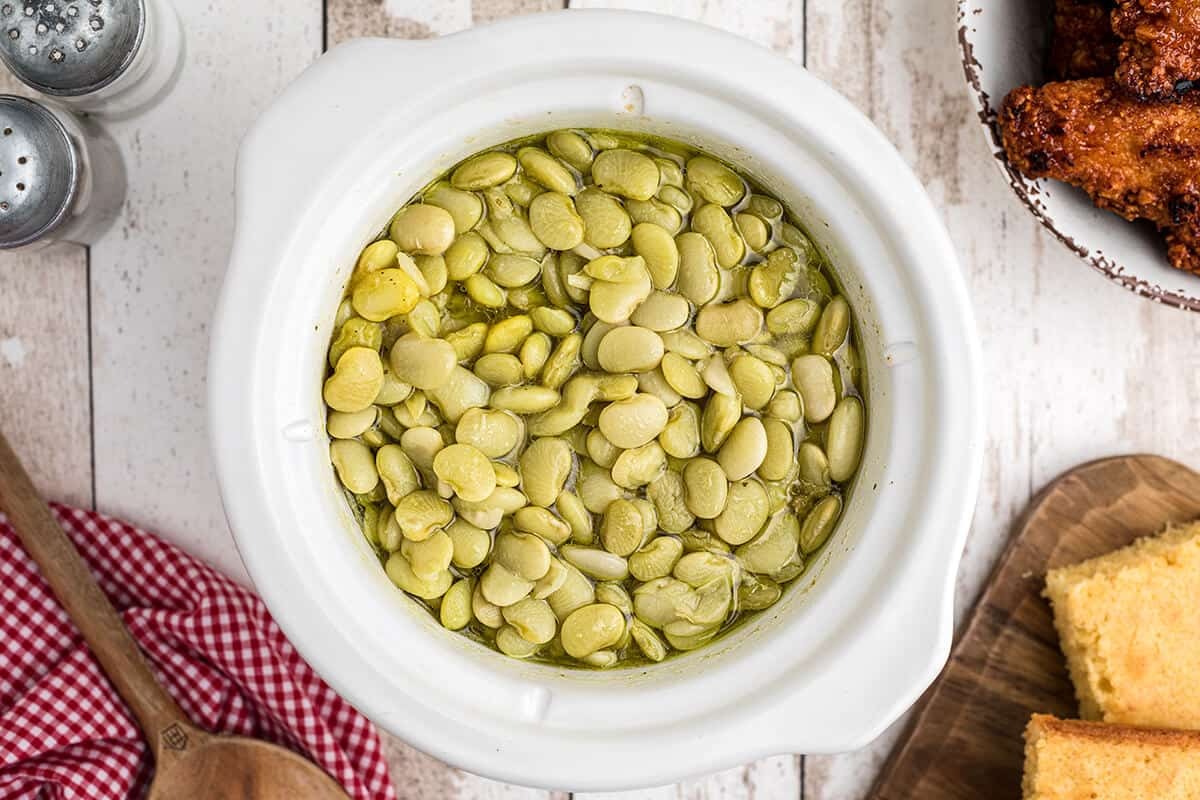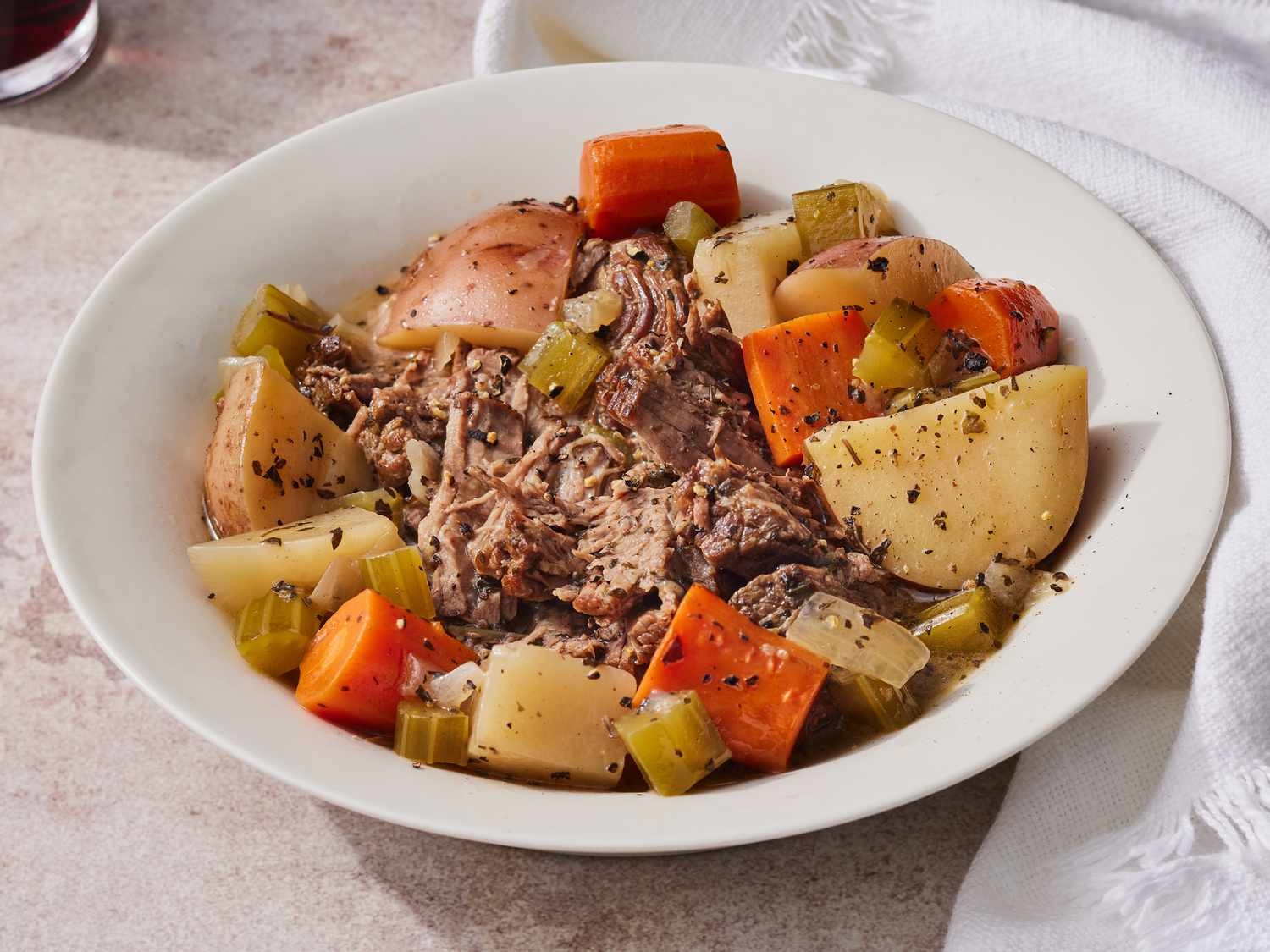How To Cook Pork For Ramen
Craving a comforting bowl of ramen that’s packed with flavor and tender slices of succulent pork? Look no further! In this guide, we will walk you through the process of cooking pork for ramen, so you can create a delicious bowl of this popular Japanese dish right in the comfort of your own kitchen.
Choose the Right Cut of Pork
The first step in cooking pork for ramen is selecting the right cut. While traditional ramen often features chashu, a braised pork belly, you can also use other cuts such as pork shoulder or tenderloin. The important thing is to choose a cut with marbling or fat content, as this will contribute to the rich and melt-in-your-mouth texture that is characteristic of ramen pork.
Marinating the Pork
Marinating the pork is a crucial step to infuse it with flavor. Here is a simple yet flavorful marinade recipe:
- Combine soy sauce, mirin, sake, brown sugar, garlic, ginger, and a touch of sesame oil in a bowl.
- Place the pork in a resealable bag and pour the marinade over it.
- Seal the bag and let the pork marinate in the refrigerator for at least 4 hours, preferably overnight. This will allow the flavors to penetrate the meat and make it tender.
Feel free to experiment with additional ingredients like scallions, chili paste, or even miso to customize the flavor according to your preferences.
Cooking the Pork
Once the marinating time is complete, it’s time to cook the pork for your ramen. Here are two popular cooking methods:
Slow-Cooked Pork
- Preheat your oven to 325°F (163°C).
- Remove the pork from the marinade and reserve the marinade for later use.
- Place the pork in a roasting pan and cover it with aluminum foil.
- Cook the pork in the preheated oven for about 2-3 hours or until it becomes tender and easily pulls apart.
- Remove the foil and brush the pork with the reserved marinade.
- Set the oven to broil and cook for an additional 5-10 minutes, until the pork edges become slightly caramelized.
- Remove the pork from the oven, let it rest for a few minutes, and then thinly slice it.
Sear-Roasted Pork
- Heat a tablespoon of oil in a skillet or sauté pan over medium-high heat.
- Remove the pork from the marinade and pat it dry with paper towels.
- Sear the pork on all sides until it develops a golden brown crust.
- Reduce the heat to low and pour the reserved marinade into the pan.
- Cover the pan and simmer the pork for about 20-30 minutes, or until it is fully cooked. The cooking time may vary depending on the thickness of the pork.
- Once cooked, remove the pork from the pan, let it rest, and then slice it into thin pieces.
Serving Your Pork Ramen
Now that your pork is perfectly cooked, it’s time to assemble your ramen bowl. Boil your ramen noodles according to the package instructions and prepare your favorite broth. Add the cooked noodles to the broth, top with slices of your deliciously cooked pork, and garnish with your preferred toppings like soft-boiled eggs, nori, green onions, or bean sprouts.
There you have it! By following these simple steps, you can cook pork that will elevate your homemade ramen to new heights. The tender and flavorful slices of pork will perfectly complement the rich broth and noodles, giving you an incredible dining experience right in your own home.
So, next time you’re hankering for a steaming bowl of ramen, don’t hesitate to cook your own pork and enjoy the satisfaction of a homemade bowl of this classic Japanese comfort food.
For those eager to master cooking pork for ramen, they can dive into recipes like Spicy Miso Ramen with Pork Belly Recipe and Classic Tonkotsu Ramen with Chashu Pork Recipe. These dishes showcase rich flavors and the delicate balance of textures that make ramen a beloved comfort food. The Shoyu Ramen with Braised Pork Shoulder Recipe offers a savory broth that pairs beautifully with the tender braised pork. For an adventurous twist, the Pork Belly Ramen with Black Garlic Oil Recipe provides a deep, umami-packed experience. Lastly, the BBQ Pork Ramen with Pickled Vegetables Recipe brings a delightful contrast of smoky pork and tangy pickled vegetables, making it a must-try.
Was this page helpful?
Read Next: How To Cook Frozen Precooked Shrimp











